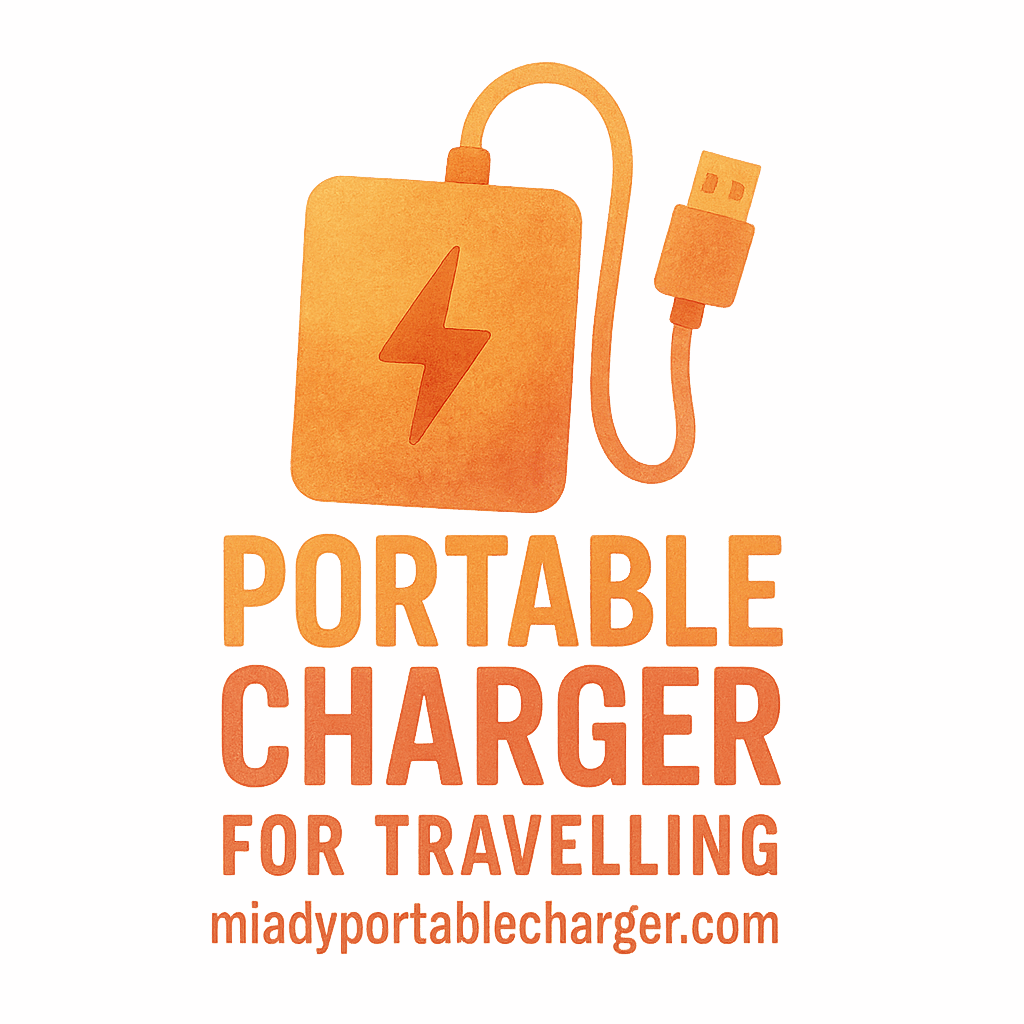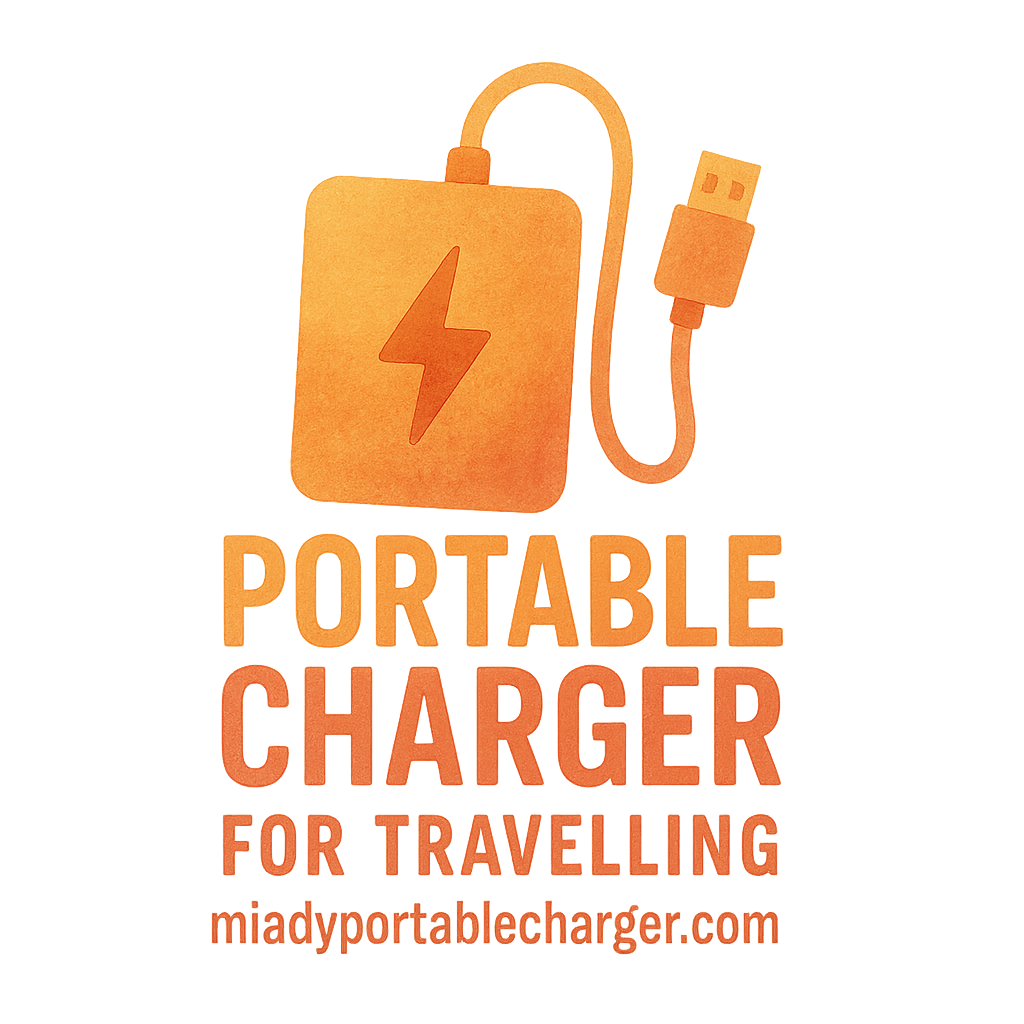Why Choosing the Right Portable Charger is Crucial
In today’s tech-driven world, staying connected is vital. Whether you’re traveling, working, or simply going about your day, a dead phone battery can be a real headache. Enter portable chargers—the ultimate solution to keep your devices powered on the go. However, with so many options on the market, how do you choose the right one?
In this article, we’ll guide you through the top 9 questions you should ask before selecting a portable charger. This will help you understand what features matter most and ensure you get the most reliable and suitable charger for your needs.
Portable Chargers: The Lifesaver for Your Devices
Portable chargers, also known as power banks, have become an essential accessory for anyone who relies on their phone, tablet, or other devices throughout the day. These small but mighty gadgets store power and allow you to recharge your device anytime, anywhere. But with countless options available, choosing the right one isn’t always straightforward. That’s why asking the right questions before purchasing is key.
What Devices Will You Be Charging?
Before choosing a portable charger, it’s important to know what you’ll be using it for. Are you charging a smartphone, tablet, laptop, or maybe a combination of devices?
- Smartphones typically require lower capacities, such as 5,000mAh to 10,000mAh.
- Tablets and laptops need higher capacities to charge effectively, usually 15,000mAh or more.
If you plan to charge multiple devices at once, look for a charger that offers multiple outputs to accommodate each device. Consider whether you’ll need USB-C, Lightning, or Micro-USB ports for compatibility.
How Much Capacity Do You Need?
Capacity, measured in milliampere-hours (mAh), determines how much energy the charger can store. The larger the mAh rating, the more power the charger can supply, and the longer it can keep your devices running.
- Small Capacity (5,000mAh): Ideal for quick top-ups of smaller devices like smartphones.
- Medium Capacity (10,000mAh): Suitable for full charges on smartphones and smaller tablets.
- Large Capacity (20,000mAh or more): Best for charging multiple devices or larger electronics like laptops.
For an extensive breakdown of charger capacities and their use cases, check out the buying guide.

How Fast Do You Need to Charge?
Charging speed is another crucial factor to consider when choosing a portable charger. Do you need your devices charged quickly or is slow charging acceptable?
- Standard Charging (5V/1A): This is the most common and works fine for most devices, but it can take a while.
- Fast Charging (5V/2A or Quick Charge): Faster charging speeds are ideal if you’re in a hurry and need your devices powered up quickly.
- USB-C Power Delivery (PD): For even faster charging, some portable chargers support USB-C PD, which can charge compatible devices at speeds of up to 18W or more.
Be sure to check your device’s compatibility with fast charging technologies before making a choice.
What’s the Size and Weight of the Charger?
When selecting a portable charger, size and weight matter—especially if you’re traveling or need to carry it in your bag. A larger charger with higher capacity can provide more power but may be bulkier and heavier.
- Compact Chargers: These are lightweight and easy to carry, perfect for brief trips or everyday use. However, they may not provide enough power for larger devices or longer trips.
- Larger Chargers: These offer more capacity but can be bulkier and harder to carry around. They’re ideal for long journeys or for charging multiple devices at once.
For more tips on portable charger size and travel essentials, check out the travel essentials guide.
Is the Charger Durable and Waterproof?
If you plan on using your portable charger outdoors or in rugged conditions, you need a durable charger that can handle the elements. Look for chargers with IP ratings (Ingress Protection), which indicate how resistant they are to dust, dirt, and water.
- IP67 Rating: Means the charger is dust-tight and can withstand submersion in water up to 1 meter for 30 minutes.
- IP68 Rating: Offers more protection against water and dust, making it suitable for harsh environments.
If you plan on traveling to remote areas or want to be sure your charger can handle all conditions, a waterproof portable charger is a must-have. You can find some highly rated outdoor chargers in the outdoor charger category.
Does the Charger Have Multiple Ports?
Having multiple USB ports on your portable charger is convenient if you need to charge more than one device at a time. Some chargers have two or more outputs, while others may come with a combination of standard USB-A ports, USB-C ports, and even AC outlets for larger devices.
- Dual Ports: Great for charging two smartphones or a phone and a tablet simultaneously.
- Multiple Ports: Some larger power banks come with 4+ ports, making them perfect for family trips or long-haul travel.
For a more detailed breakdown of charging tips and how to optimize your charging experience, visit the charging tips page.
How Reliable is the Brand?
When it comes to portable chargers, brand reliability is essential. A reputable brand ensures that the product is built to last, performs well, and has strong customer support. Avoid low-quality chargers from unknown brands, as they may overheat, stop working, or fail to deliver the power you need.
- Trusted Brands: Look for well-known names like Anker, RAVPower, and Miady.
- Customer Reviews: Checking product reviews on sites like Miady reviews can give you insight into the real-world performance of the charger.
A trustworthy brand will also provide warranties and guarantees, offering you peace of mind should something go wrong.
Wrapping It Up: The Perfect Portable Charger for You
Choosing the right portable charger boils down to understanding your needs—what devices you need to charge, how much capacity you need, and how fast you need to charge them. By considering factors such as size, durability, and brand reliability, you can find the perfect portable charger to keep your devices powered at all times.
FAQs
- What is the best portable charger for iPhone?
The best portable charger for an iPhone should support fast charging, have a capacity of at least 10,000mAh, and be lightweight. Miady’s chargers, such as those with high-capacity options, are perfect for this. - How long does a portable charger take to fully charge?
Depending on its capacity and input rate, a portable charger can take anywhere from 3 to 10 hours to fully charge. - Can a portable charger charge a laptop?
Yes, high-capacity portable chargers with USB-C Power Delivery can charge laptops. Make sure the charger’s output is compatible with your laptop’s charging requirements. - Are there portable chargers for outdoor use?
Yes! Some chargers are specifically designed for outdoor use, offering waterproofing, ruggedness, and high-capacity batteries for extended trips. Check out the outdoor charger options. - How can I make my portable charger last longer?
To extend the lifespan of your charger, avoid overcharging it, store it in a cool place, and only use it when necessary. Regularly maintain its battery health. - Can I charge multiple devices at once with a portable charger?
Yes, many portable chargers feature multiple ports that allow you to charge several devices simultaneously, perfect for multi-device users. - Are there portable chargers that are TSA-approved for travel?
Yes, portable chargers under 100Wh are usually TSA-approved for air travel. Be sure to check the capacity before flying.


